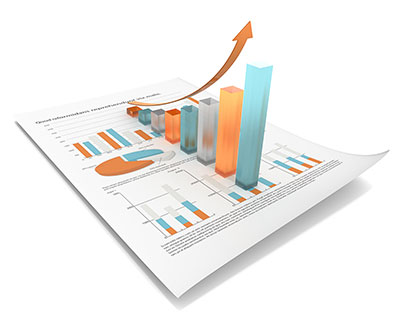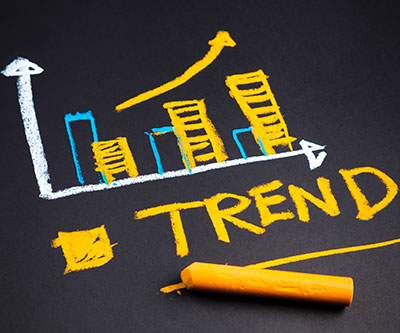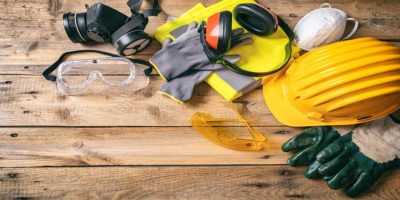Incident Trend Analysis
Posted: Mar. 3, 2020 • By Kevin Kohler

It feels like our safety performance has been improving
As we’ve said before, safety is not something that we want to guess at. Each individual incident that we report and each hazard that we observe contributes to an overall picture of the direction that our health and safety management system is headed in. If we only look at incidents and hazards individually:
- We risk losing track of developing trends that may lead to more serious incidents
- We may not be able to determine if new safety measures and programs are effective
We need data to determine our performance

Data is the key to establishing trends and evaluating the effect of changes in our workplace. Without sufficient data to analyze, we can get caught up in reacting to individual events. This may not allow us to determine how our safety incidents are evolving over time and whether our remedies have been effective.
To identify safety trends, and avoid guesswork, we need as much high-quality data about incidents, hazards and near misses as we can obtain. To support this goal, it is important to have an incident and hazard reporting system that:
- Avoids blame and finger pointing
- Encourages employees to provide complete reports on all incidents and hazards
- Shares reports with all employees as soon as possible
- Shares any immediate positive impacts on safety resulting from the reports
- Recognizes individuals who have made significant reporting contributions
- Makes real time tallies of the reported incidents and hazards readily available
How do we organize all this data?
The difficult part of collecting data is determining what to do with it. This requires us to first categorize and evaluate our reports.
One way to categorize our incidents and hazards is to look at the potential consequences, even if there was no actual loss, as in the case of a near miss. For example our initial classification could include:
- Serious injury (lost time, modified work, debilitating injury)
- Minor injury (first aid, medical aid)
- Property damage
- Environmental damage
- Damage to the business (reputation, lost production or sales)
It is important not to dismiss hazard observations and near miss incidents that did not result in a loss. This would deprive us of information that we can use to determine trends.

After classifying the incidents we can establish subcategories such as eye injuries, burns, motor vehicle incidents, process downtime, etc. These subcategories will allow us to see whether certain types of incidents are coming from one or several sources.
To assist in targeting the most critical hazards that result in incidents, we should assign a risk rating to each incident that is the product of risk factors such as severity, likelihood, and exposure to the hazard. This allows us to quantify the risk that each incident poses and helps us to prioritize controlling the hazards associated with the highest impact incidents.
Data analysis – trending
Using commonly available software we can very quickly build graphics to display our data. Pie and bar charts can provide a visual representation of our data that can be used to show trends over appropriate recording periods. In this way we can evaluate both our current condition and the effects of any new factors or safety initiatives. With enough data we can begin using statistical techniques to establish cause and effect relationships. Sharing this information and measuring our results against goals and objectives will give us a basis for continuous improvement and allow us to identify emerging trends before they result in a serious incident. Enlisting all employees in this exercise will provide valuable support for our health and safety systems.
Related Articles

Ground Disturbance
Can ground disturbance be dangerous? 40 years ago on March 2nd 1979 an excavation contractor working in a new Edmonton, […]
Read Article
Personal Protective Equipment (PPE)
PPE just makes us look professional on the job right? No, PPE serves an important purpose as a last line […]
Read Article